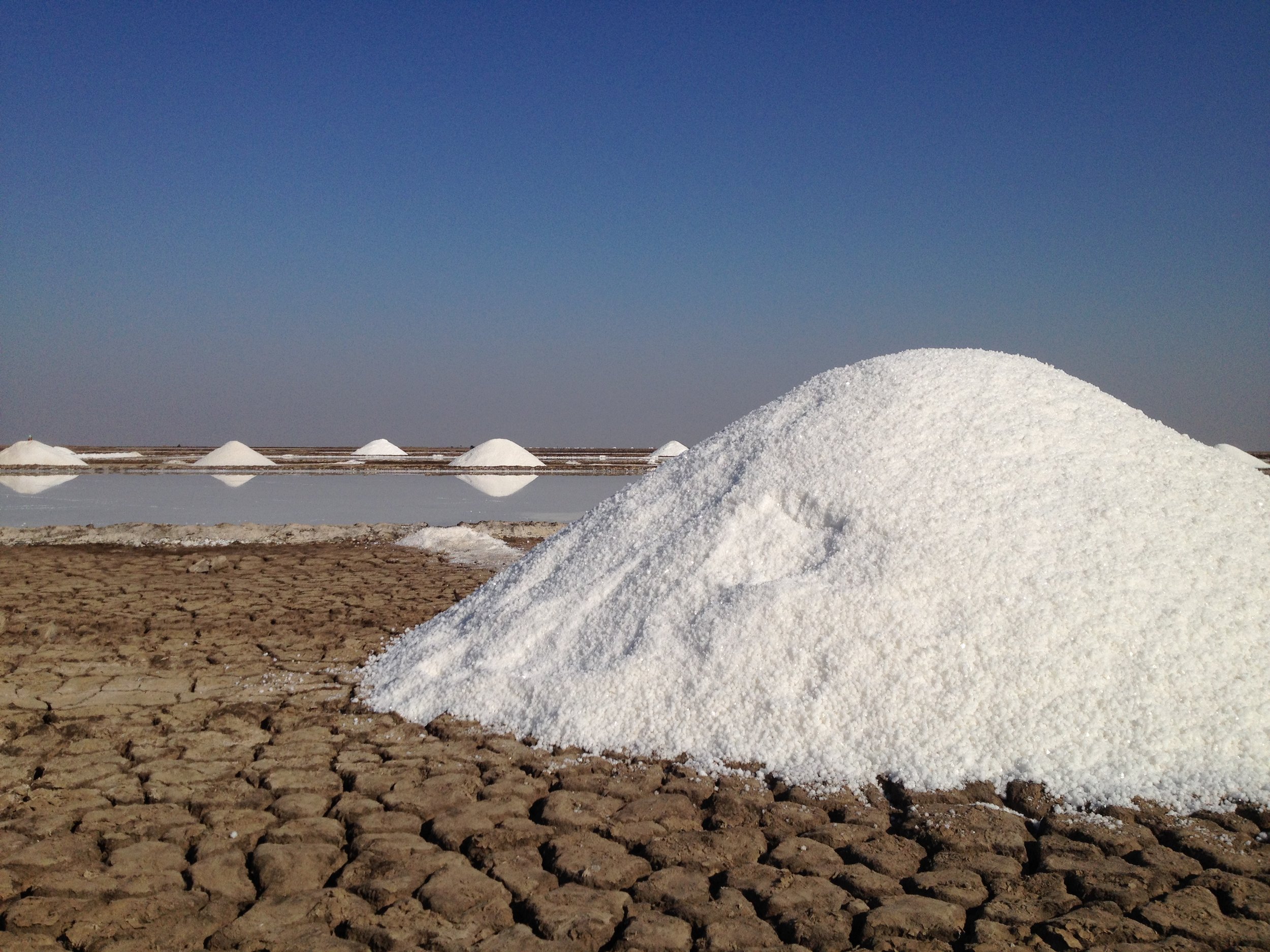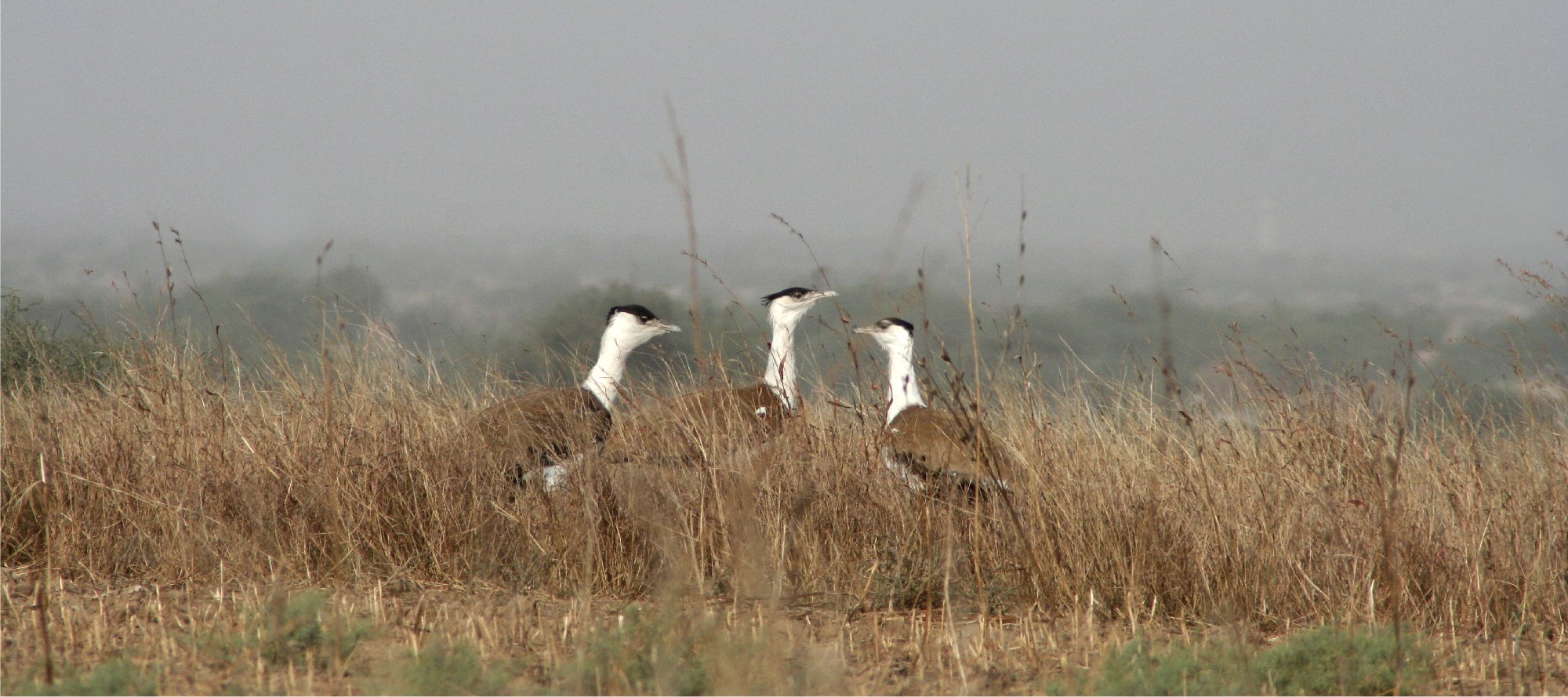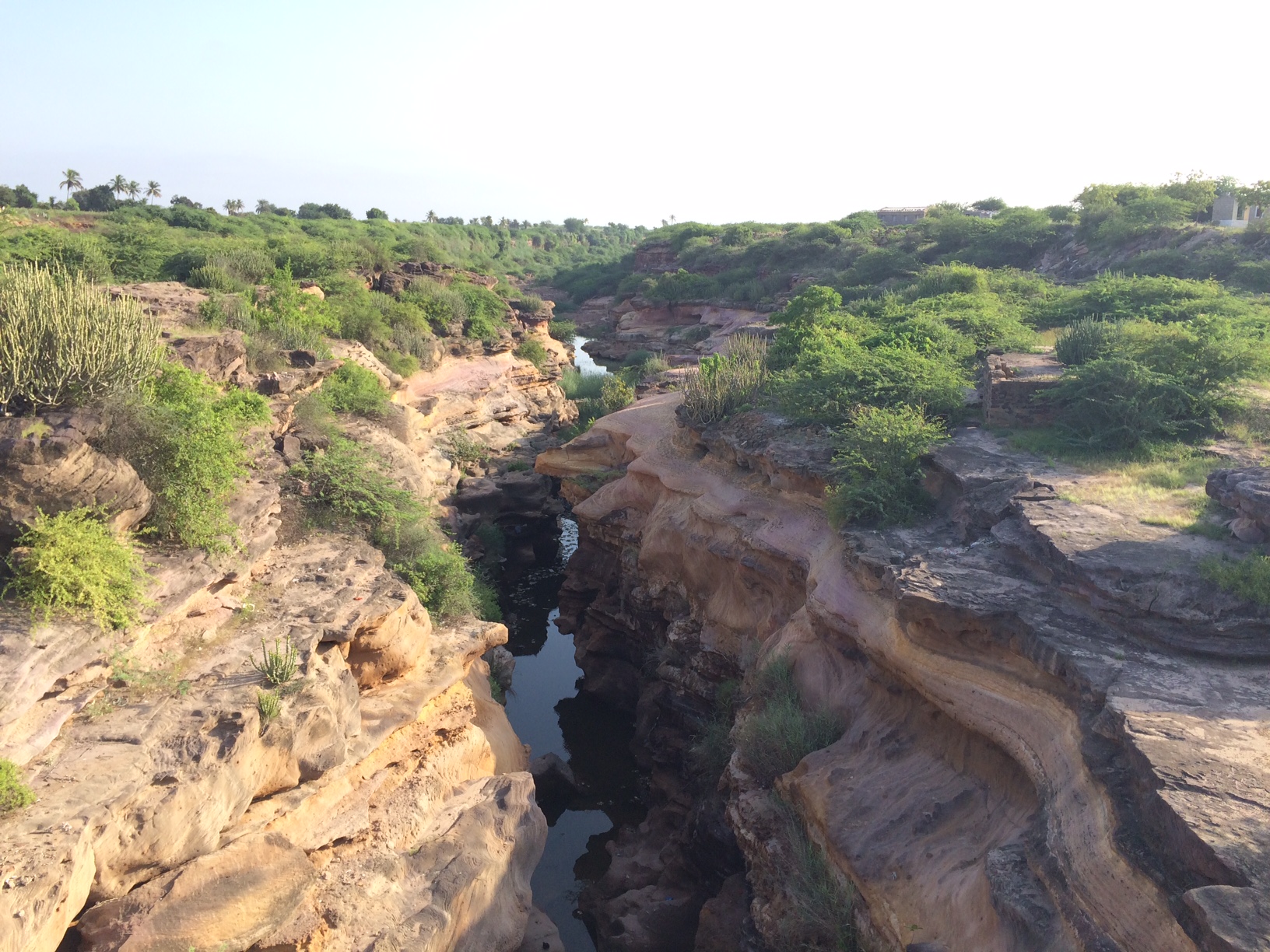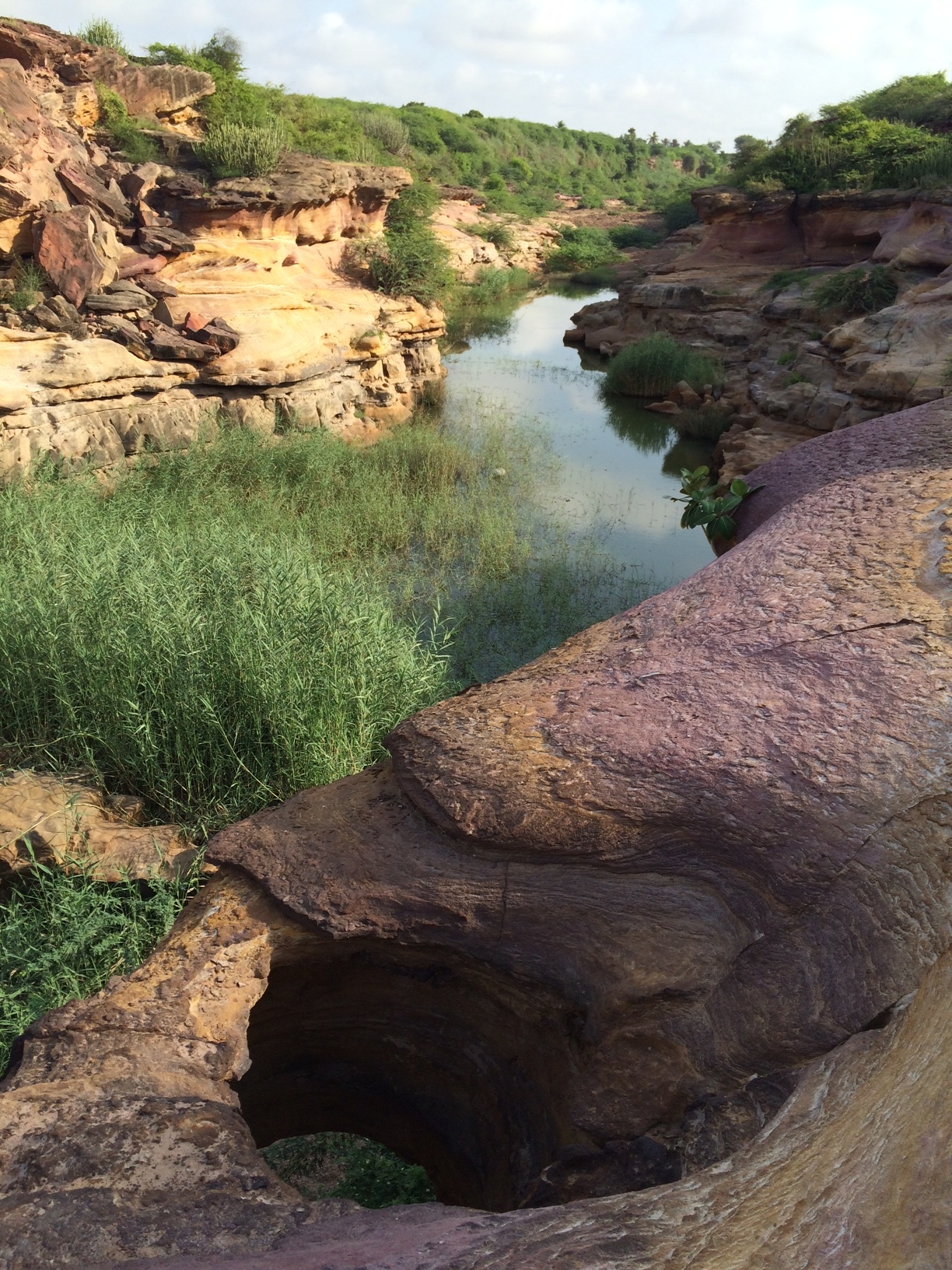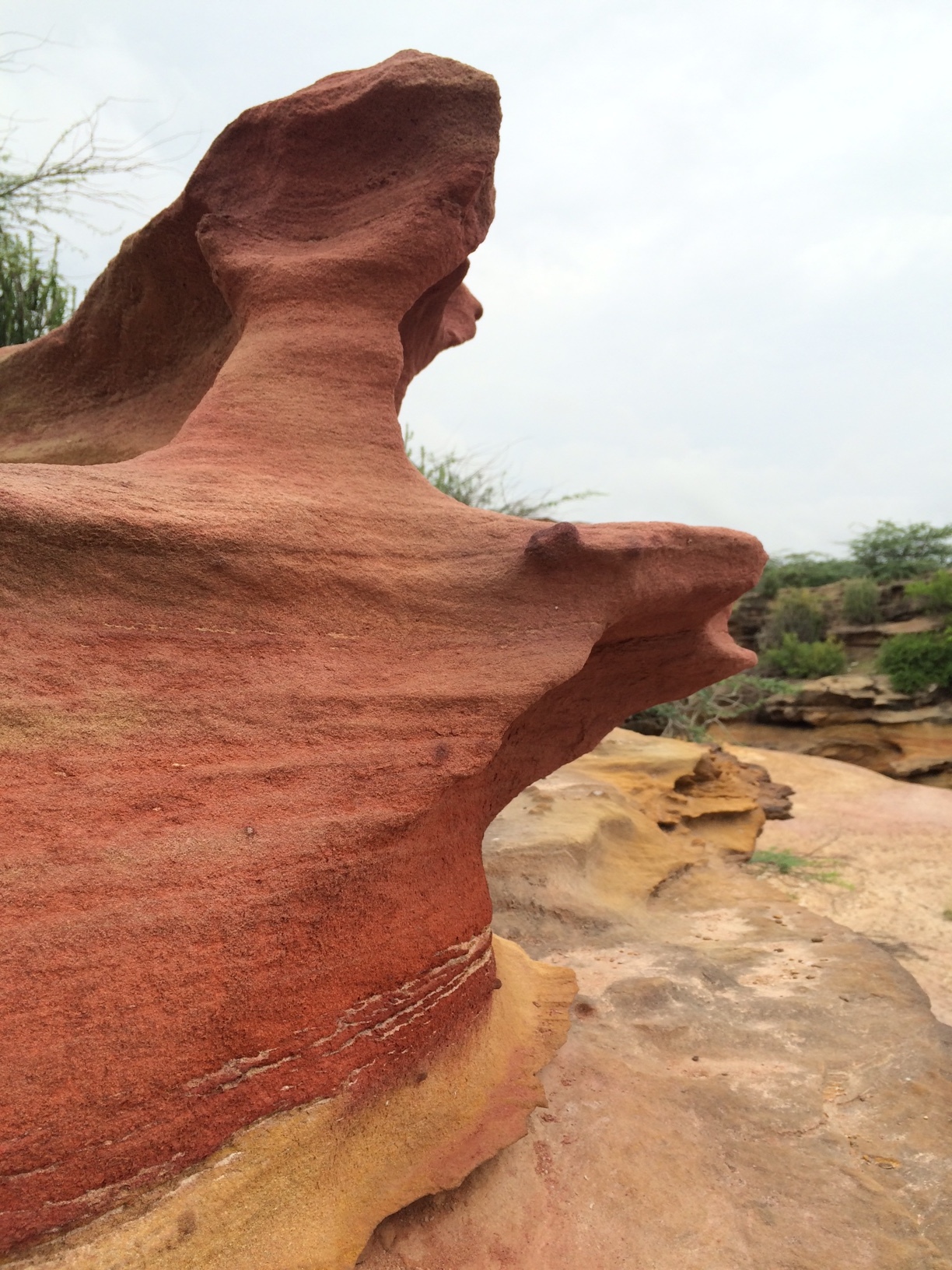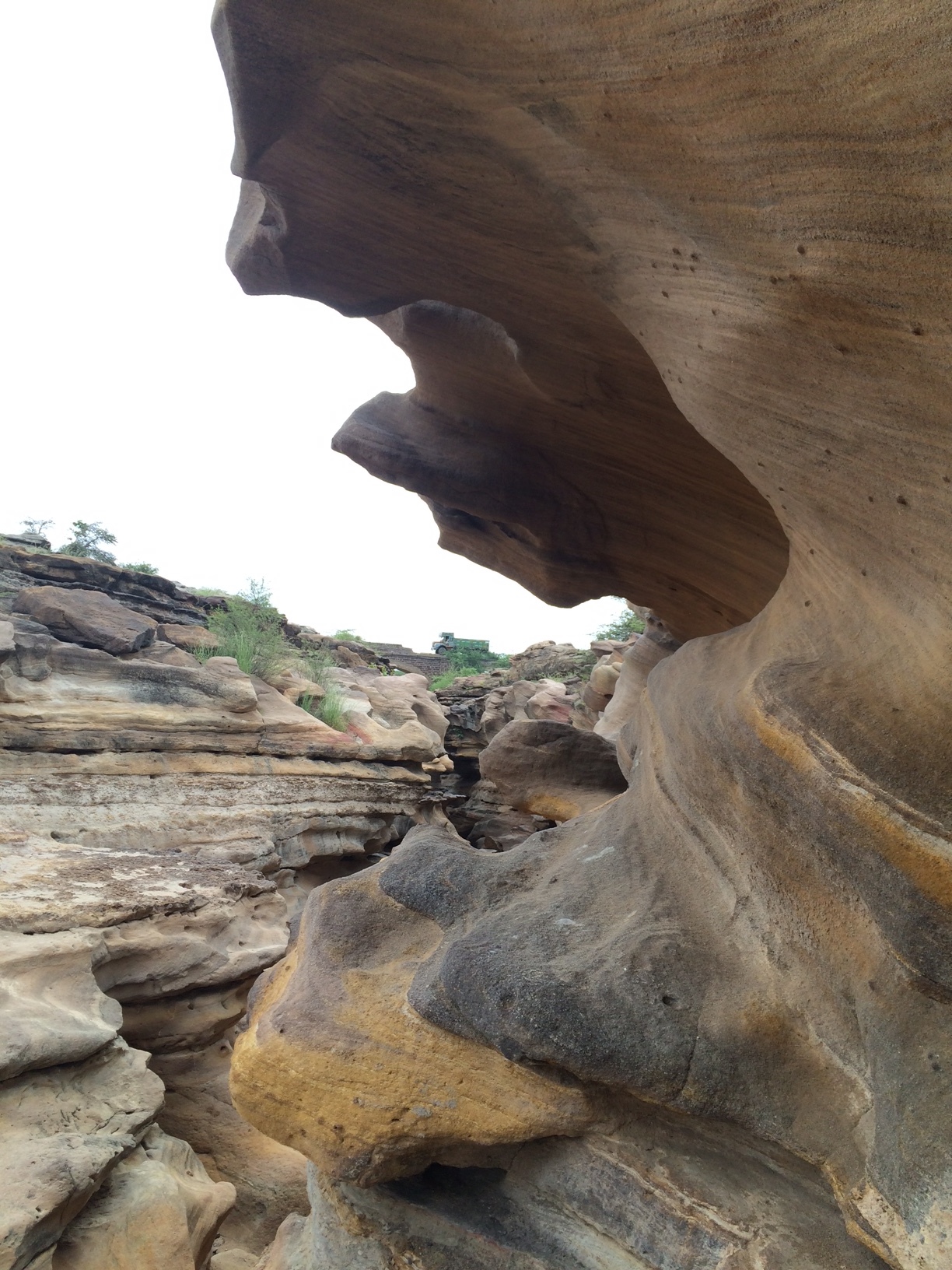The Great and Little Ranns of Kutch
vast SALT FLATS, wild ass & FLAMINGOES
If there had to be one iconic feature to exemplify this ancient landscape, it would be the vast expanse of shimmering white salt that is the Great Rann of Kutch. Stretching the entire width of Kutch, from the Arabian Sea in the west to its 'Little' counterpart in the east, the inhospitable Great Rann divides Kutch from neighbouring Pakistan. Views across the Great Rann are most easily enjoyed from Dhordo and Kalo Dungar - Kutch's highest peak, while Khadir Island offers the most remote experience.
Indian wild ass are endemic to the Little Rann of Kutch, their last refuge, which is also home to desert fox, desert cat, wolf and a host of migratory waterbirds: flamingoes, pelicans and cranes. For centuries, the Agariya community has farmed salt in the Little Rann, contributing to around 25% of India's salt production, one of its harshest industries. Shrimp farming is a seasonal industry during the monsoon when the Little Rann is flooded.
The Banni and Chhari Dhand
A SEASONAL WETLAND WITHIN INDIA'S LARGEST NATURAL GRASSLAND
During monsoon, shallow, saucer-shaped depressions or 'dhands' in the Banni grassland fill with water, attracting thousands of migratory birds right through the winter until the water finally dries up. The Chhari Dhand is the largest and best-protected wetland in the Banni. Flamingoes, painted storks, cranes, spoonbills and the endangered Grey Hypocolis are amongst the 250+ species that have been recorded here.
The Banni itself is an arid ecosystem of salt-tolerant plants, thorny scrub and rocky outcrops which supports a rich biodiversity, immediately south of Great Rann. Caracal, desert fox, desert cat, chinkara, nilgai and jackal are found here, as well as monitors, spiny-tailed lizards and saw-scaled vipers. For centuries, pastoral tribes, such as the Maldhari, have roamed the Banni in their unending quest for fodder for their livestock. There is no scene more emblematic in the Banni than the sight of a moving camel train blurred in the orange mirage.
CHIR BATTI - ghost light
On very dark nights, a small, bright 'Will O'-the-Wisp' ball of light has been seen to dance over the Banni grassland. Enriched in folklore it is locally referred to as Chir Batti, meaning ghost light, while scientifically it is explained as the oxidation of gases and methane released from the buried marshes. However, the phenomenon is so rare that its true explanation remains a mystery!
Narayan Sarovar Chinkara Sanctuary
UNIQUE THORN FOREST & habitat for endangered species
The highly-adapted, arid ecosystem of Narayan Sarovar is located at the westernmost tip of India. Comprised of thorn forest, seasonal wetlands and dry savannah, this chinkara sanctuary is home to a number of threatened species such as ratel (honey badger), pangolin, caracal and wolf, all three bustards: the Great Indian Bustard, Houbara Bustard & Lesser Florican as well as Black Partridge, and an abundance of rare flowering plants.
Chadva Rakhaal
PRIVATE CONSERVANCY, SECRET GARDEN & LAKE
Comprising an area of approx 12000 acres, there are few privately-held pockets of wilderness of this size in India. Chadva Rakhaal was once the hunting estate of the Maharao, who, to date has passionately fought to maintain it as a wildlife conservancy. At its centre, a crocodile-filled lake feeds a century-old, enchanted walled garden with enormous ficus branches housing heronries and bat roosts. The surrounding 'rakhaal' epitomises Kutch's Jurrasic landscape and is great for bird-watching and walking in complete tranquillity.
Khaadi Nadi
a 12000 year-old geological wonder
Kutch today experiences a hyper-arid climate, but a close look at the sedimentary deposits in the bedrock shows a very different, humid past. There is no better place to explore this landscape evolution than at the deep Khaadi river gorge, 4 km outside of Bhuj. Clamber down through the bedrock terraces at Khaadi Nadi and you will find large potholes, flutes, and smooth, weathered grooves and ridges, that suggest the high energy of water that flowed thousands of years ago. A tectonic fault line transverses this same point which adds to the dramatic impact of this geological asset.






